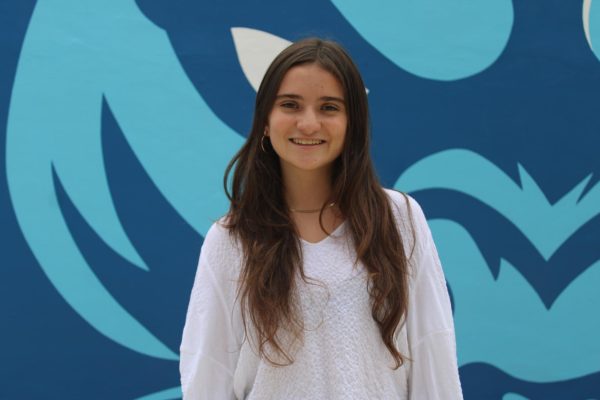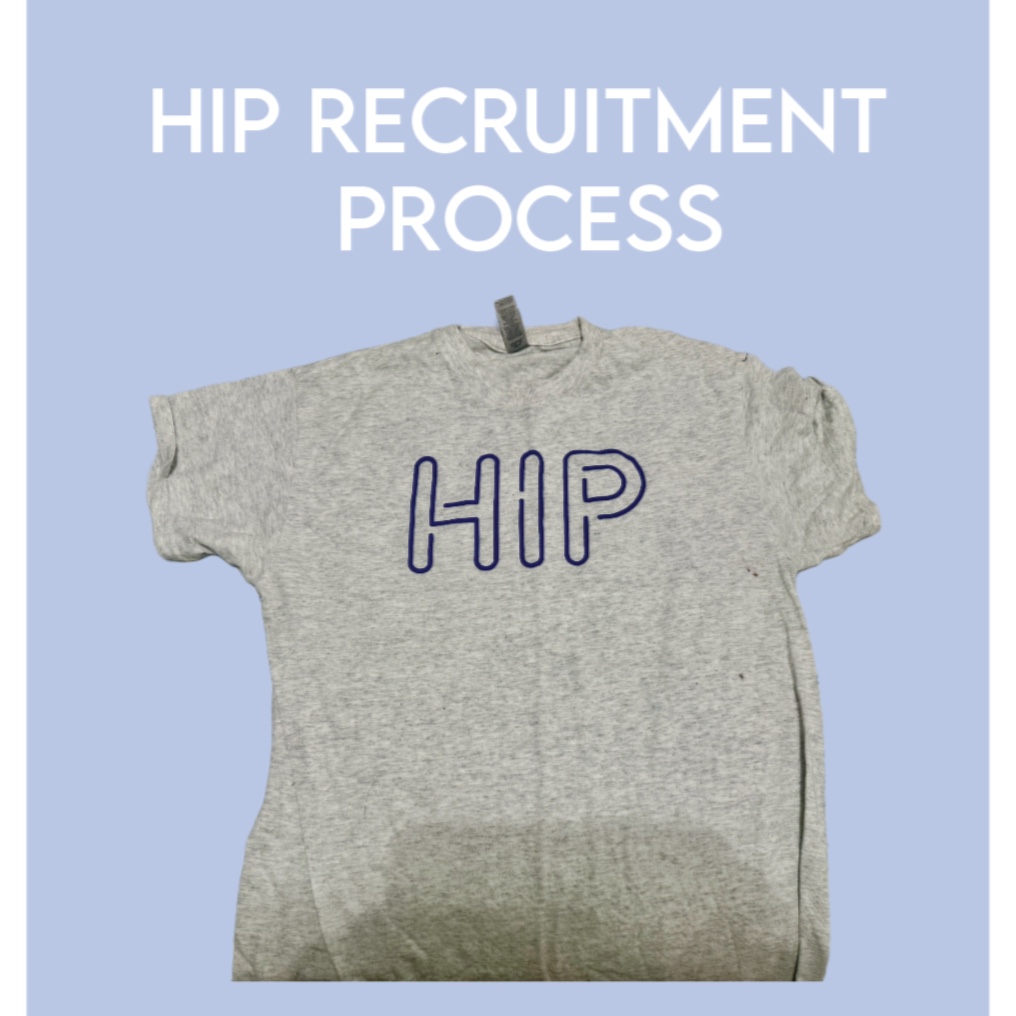Beating Post-AP Exam Boredom: The Test is Over… Now What?
May 25, 2023
Imagine spending one’s entire academic year preparing for up to six three-to-four hour long tests. The first two weeks of May constitute the most chaotic, stressful and high-intensity times in an Advanced Placement student’s life. Having spent the entire academic year leading up to the exam honing in on a particular subject in a rigorous AP class, the exam allows students to flex their knowledge muscles on paper or digitally.
However, what happens once the daunting exam has passed? Below, find a few of the plans those Miami Palmetto Senior High’s AP teachers known for their creative, yet comprehensive and engaging post-exam activities have for this year.
For AP World History teacher Julianne Farkas, the time between the exam date and the end of the school year creates opportunities for students to participate in activities that require them to dive deeper into a particular subject. This year, Farkas has her students writing and producing their own podcast episodes on a topic of their choosing.
Each group of students make a short, six-to-eight minute podcast episode in either a story, interview or discussion-based format, doing their own research and editing their own episodes.
“I provided them with a guideline, which would produce a reflection for each of the stages. Right now [they’re] in the scripting phase; they’ve been given three examples of editing softwares, and on Tuesday…they will begin their recording phases, and then we’re going to edit and see what we get,” Farkas said. “It’s really about stimulating curiosity, and it’s encouraging them to dig deeper and to go down the rabbit hole…it’s just to make them interested and keep the curiosity fire alive.”
In the building next door, MPSH’s Science Department Chair and AP Environmental Science teacher Pamela Shlachtman uses the time after the exam to focus on incorporating content from the course into real-life application, prompting her students to view the world and environmental issues from a holistic perspective. Currently, her students work toward building model electric cars for use in place of fossil fuel vehicles, analyzing and understanding the pros and cons of the nonrenewable resource alternative.
“The thing to always remember though, [is] that with each positive, there’s pros and cons with everything, and right now, most of the articles in the newspaper are focusing on the fact that in order to build all the electric cars that we want for the future, we’re going to have to find places to get lithium, nickel. And right now, China is the biggest supplier of those things. So, they’re looking at places like Indonesia and the Philippines, but the big problem in looking at those places is their labor practices are not exactly what we’d like to see, nor is their environmental policy as stringent as we would like to see. So, are we kind of making a deal with the devil on one side and the other side? Batteries become more efficient as we look at other things, but it is still a thing to look at,” Shlachtman said. “[The goal of the project is] just application of what we’ve talked about, real-world application, and also to kick back. You work really hard before the AP exam, and it’s time to kick back a little bit in all honesty.”
From the artistic side of MPSH, AP Art History teacher Christine Moros takes advantage of the creative side of her class to help her students destress while fostering an appreciation for the arts.
“The projects that we’re going to incorporate are a Picasso self-portrait, we’re also doing a meme project and a project where people have to recreate one of our art pieces in a photograph; that one is called Tableau Vivant. Another fun project we’re doing is an extra credit food art where students have to get in groups to make art out of food, but it has to be one of our 250 pieces… that we can share with everyone on a special day towards the end of school,” Moros said.
Through these hands-on, creative assignments, Moros aims to allow all students, artistically inclined or not, to relax while participating in exciting projects.
“I think the goal with these projects is that a lot of students are really fried with all of the exams that are happening. Since our exam is done, and I can alleviate any stress from them, these are just fun, artistic projects for a lot of art history students that are not artistically inclined. So, the instructions are very straightforward. They can come relax, listen to music, paint and they seem to really enjoy it and want to come to class,” Moros said.
Outside of the Social Science department, AP English Language and Composition teacher Loni Perse aims to utilize her post-exam time to aid the majority of rising-senior students with college applications and their futures.
“We are reading ‘Death of a Salesman,’ we are doing a lot of college stuff [too]. We are looking at essays, looking at entrance requirements, I’m going to try to do a resume unit [on] how to get a job, practical information,” Perse said. “It’s nice that the AP test is over, so we can do practical application to help them out with their summer when they’re working on their college essays [and] are getting ready to be seniors… it’s a little bit of everything.”
Whether aiding with learning a new skill, helping relieve stress or creating comprehensive understandings of an AP course, post-exam, end of year activities provide students with opportunities to enjoy their final weeks of the school year.









